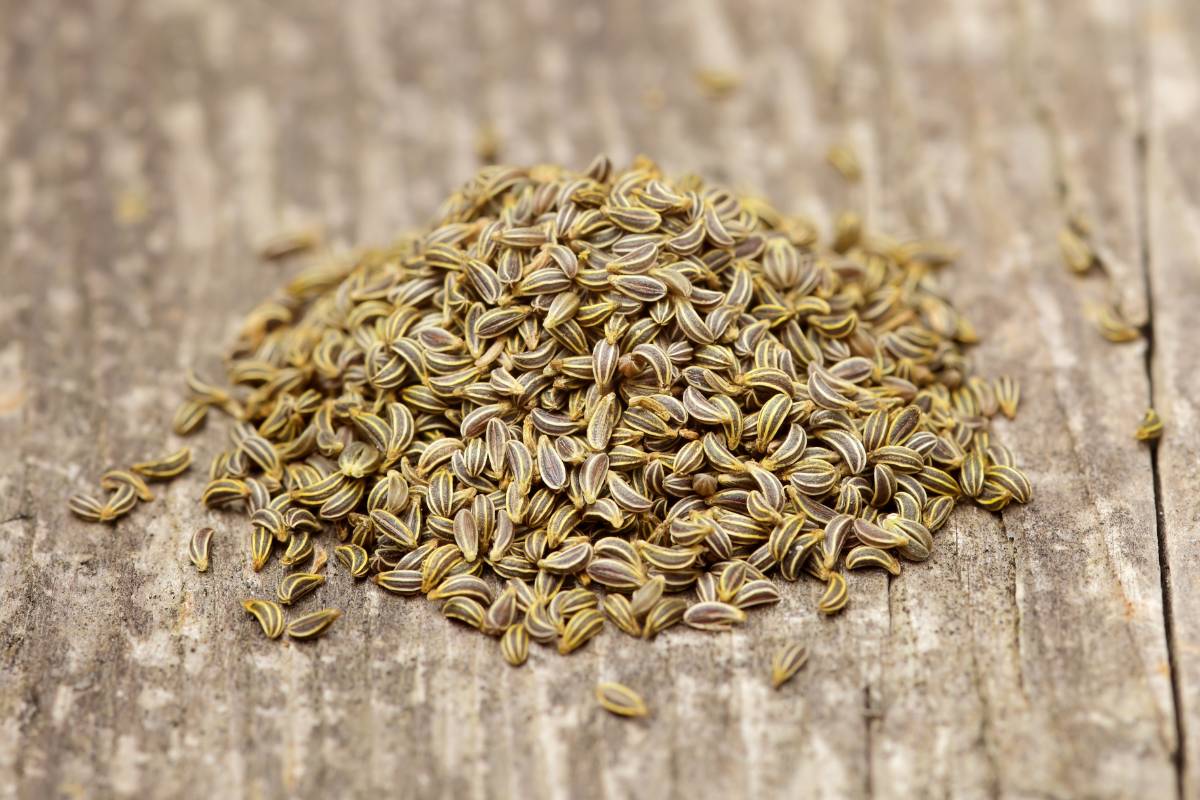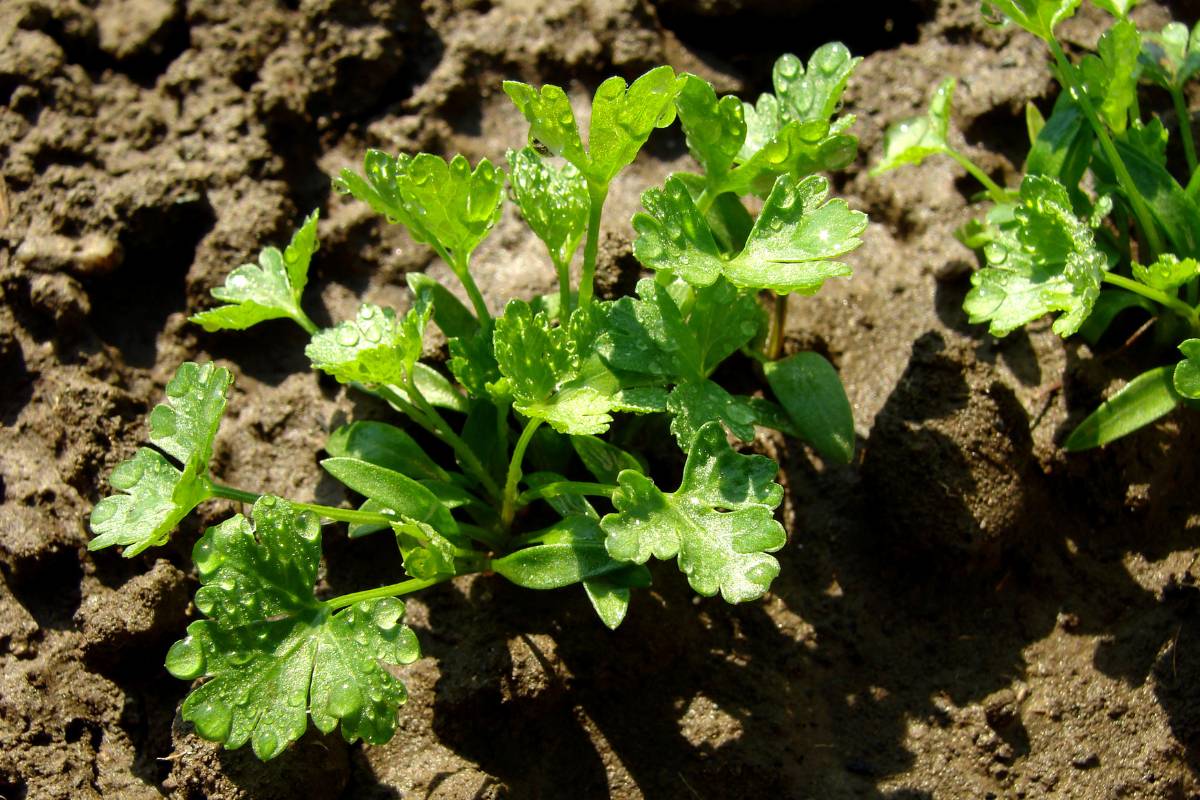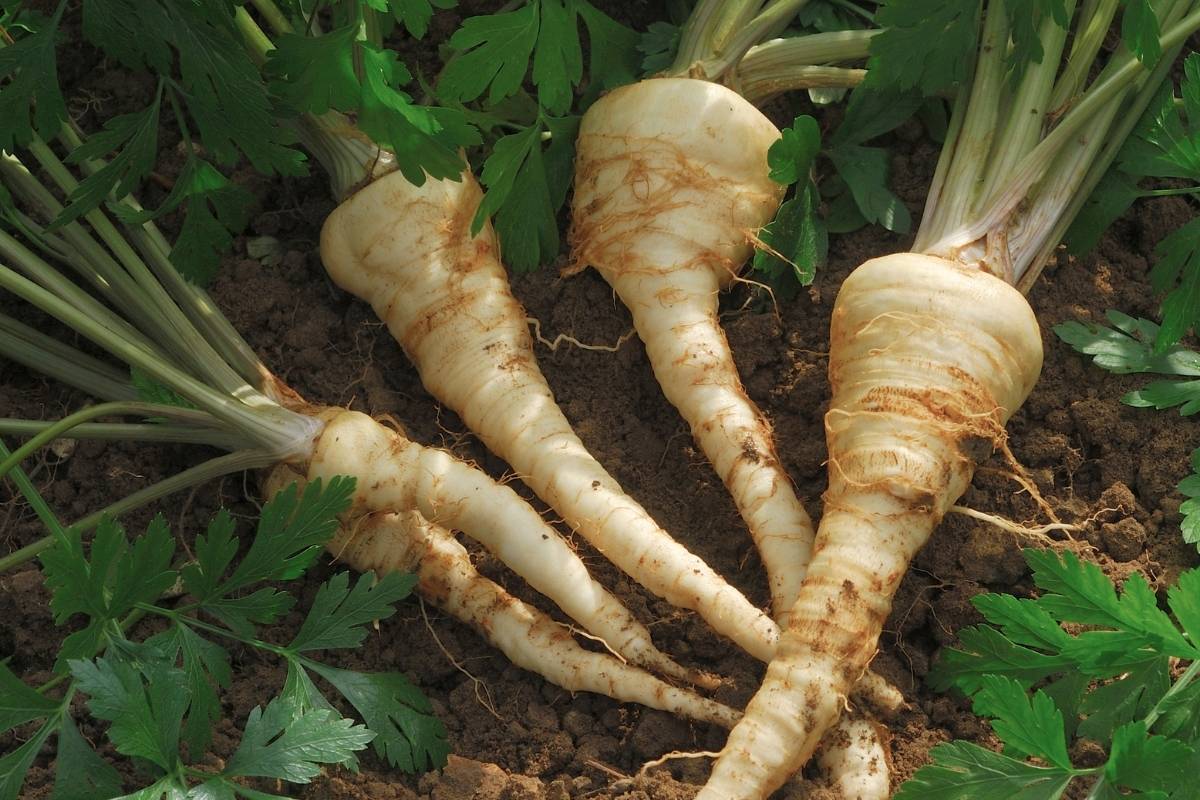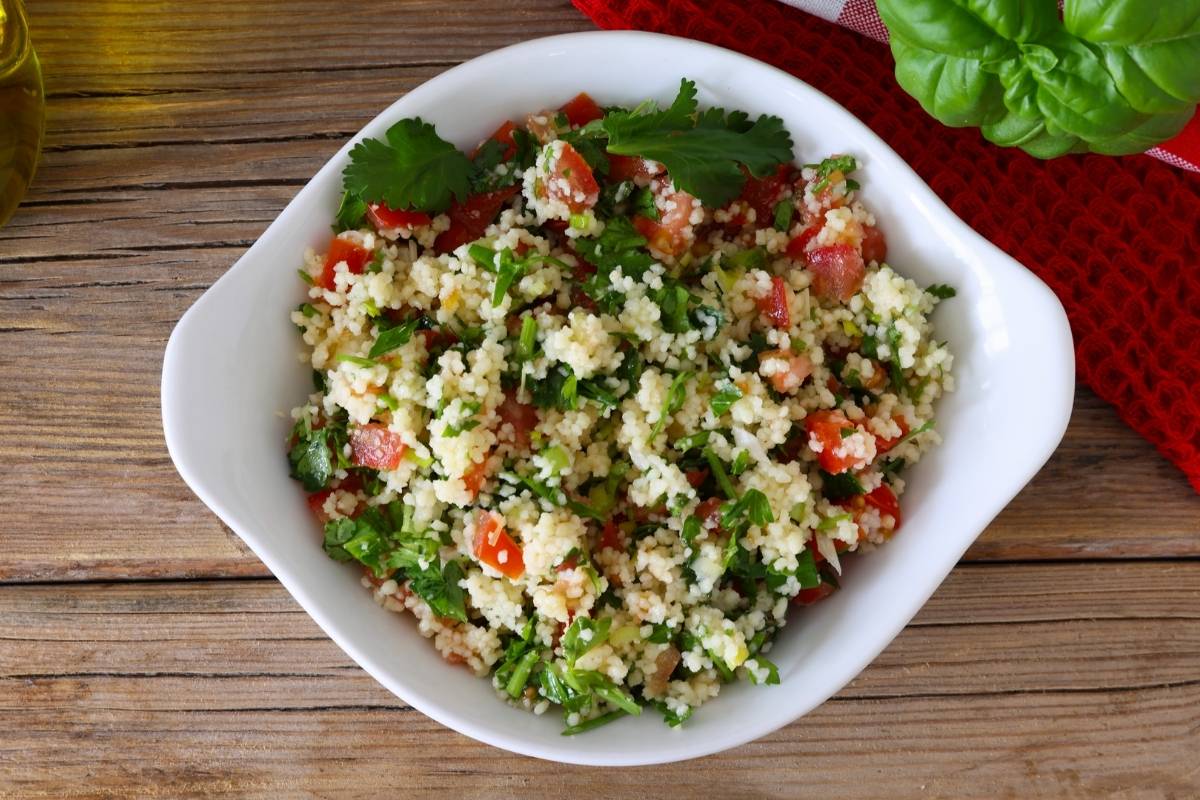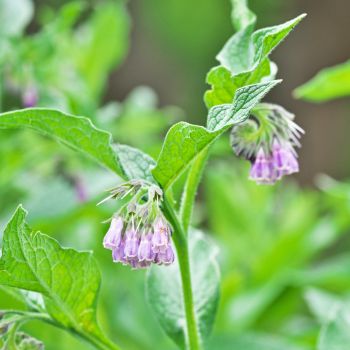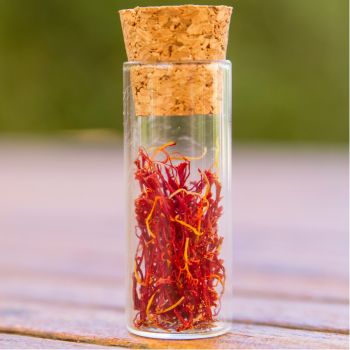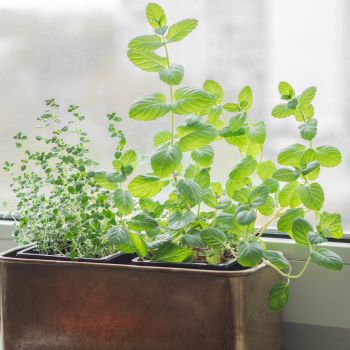Parsley is more than just a garnish on your plate. It's also a versatile and nutritious herb that can feature as the main ingredient in dishes, and it can also be used in ornamental gardens as an edging plant, where its textured foliage adds a fresh, lush green to a design.
There are a few tips and tricks that will help this common herb to germinate and grow well. Read on to learn more about growing and using parsley in your garden.
What is Parsley?
Pasley is a soft-leaved herb that is high in vitamin C, potassium, iron, magnesium and calcium. There are two main types of parsley, Italian (also known as flat leaf) or curled. Cooks often say that the Italian type has the better flavour, while curly-leaved varieties are more ornamental and are favoured for garnishes. Though parsley is a biennial it’s often grown as an annual and succession sown to ensure a steady supply.
Parsley is native to the Mediterranean region, but its versatility has seen it spread to gardens and cuisines around the world. Parsley has a long history in cultivation. In Greek mythology parsley is said to have grown from the blood of the hero Archemorous. Its botanical name Petroselinum comes from the Greek for rock (petros) and celery (selinon), giving a clue to its preference to grow in rocky locations or well-drained soil.
Parsley Seeds: Fresh is Best
While most herb seeds will remain viable for several years, parsley seeds have a somewhat shorter shelf life. While much depends on how and where seeds are stored, as a rule of thumb parsley seeds should be sown within a year of purchase. Buy fresh seeds each season and use them up by succession sowing several batches of seedlings.
Parsley Germination: To Soak or Not to Soak?
Some gardeners find parsley seeds difficult to germinate, with either a lower strike rate than many other commonly grown herbs or germination occurring over a longer period of time. Indeed parsley's reputation for slow germination has given rise to folklore. Ancient superstition was that only pregnant women and witches could grow parsley, and it had an unfortunate association with death. In medieval times it was said that parsley was slow to germinate because the seeds had to travel to ‘the devil and back’ before they could grow.
Folklore aside, there's a simple scientific reason for the difficulty some gardeners have germinating parsley seeds. The seeds contain chemicals called furamocoumarins. These chemicals inhibit the germination of nearby seeds, which allows parsley seeds a weed-free space to grow. But the chemicals may also inhibit the germination of the parsley seeds themselves. Soaking seeds overnight in lukewarm water dilutes the chemicals and also helps to break down the seed coat, resulting in faster and more even germination. It’s an optional step that some gardeners swear by.
Parsley Growing Tips
Parsley can be sown direct or raised as seedlings and then transplanted. Take care if transplanting, as parsley is a member of the carrot (Apiaceae) family and has a taproot that doesn’t like being disturbed. Plants should be large enough to start harvesting leaves around 3 months after seed is sown. Pinch off the outer leaves, leaving the inner ones to support new growth.
Both carrot fly and white fly can infest parsley plants. Carrot fly is a flying insect that lays its eggs on foliage; when the larvae hatch they make their way to the roots of plants where they feed. White fly is a sap-sucking insect related to aphids that can quickly breed to create swarms of miniscule flying insects. Remove them by spraying with a garden hose or applying a soap spray.
Parsley plants will bolt in warm weather. To avoid this unfortunate occurrence, provide consistent moisture and afternoon shade through summer if possible. In their second year the plants will flower and the leaves will become bitter; this is the time to sow new seed if you haven’t already. It’s a nice idea to leave a plant or two to flower as bees and other insects love the umbel-shaped flower heads.
Parsley In the Kitchen
In the kitched parsley can be used fresh or dried. It’s often included in mixed herbs and, along with bay leaves, thyme and marjoram, in a traditional bouquet garni. Parsley is also one of the four herbs used in the French combination fines herbs, where it is mixed with equal qualities of chervil, chives and tarragon.
Of course there are an uncountable number of recipes, from salads to pestos to soups, that feature parsley as their main ingredient. Tabbouleh and chimmichurri are among the best known, and parsley is also a great complement to eggs and fish.
Fans of root to stalk eating will appreciate that the entire parsley plant can be eaten, including the leaves, stalks, roots and seeds. The roots have a stronger flavor than the leaves and can be harvested in the second year when the leaves have become too tough to be palatable. ‘Hamburg turnip rooted’ is a variety grown mainly for its root.
Parsley is a versatile herb that can be grown easily in any garden. Incorporating parsley into your cooking can add a fresh and flavorful element to your dishes while also providing nutritional benefits. Why not try growing parsley in your garden today.
